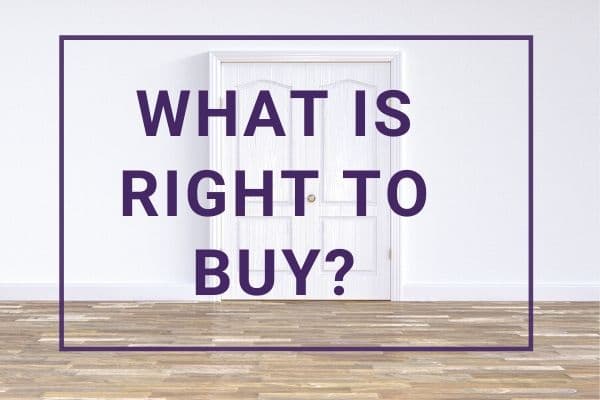Complete Guide to Right to Buy: How to Purchase Your Council Home
Right to Buy has been a contentious scheme ever since the 1980s – but what is it, and how can it help you get on the property ladder?

Right to Buy has been a contentious scheme ever since the 1980s – but what is it, and how can it help you get on the property ladder?

You should hire a solicitor or licensed conveyancer for the legal aspects of the purchase just as you would with any other house sale.
If you do not meet the criteria, then you can be refused. Your application may also be rejected if your property is suitable for housing for elderly people. This decision can be appealed.
Yes, it is possible to purchase your council house outright. It is up to you whether you purchase by cash or mortgage.
When purchasing a property with the program, many mortgage lenders will accept the discount as a deposit. This means you will not have to save up for the deposit.
Compare moving quotes in 4 simple steps